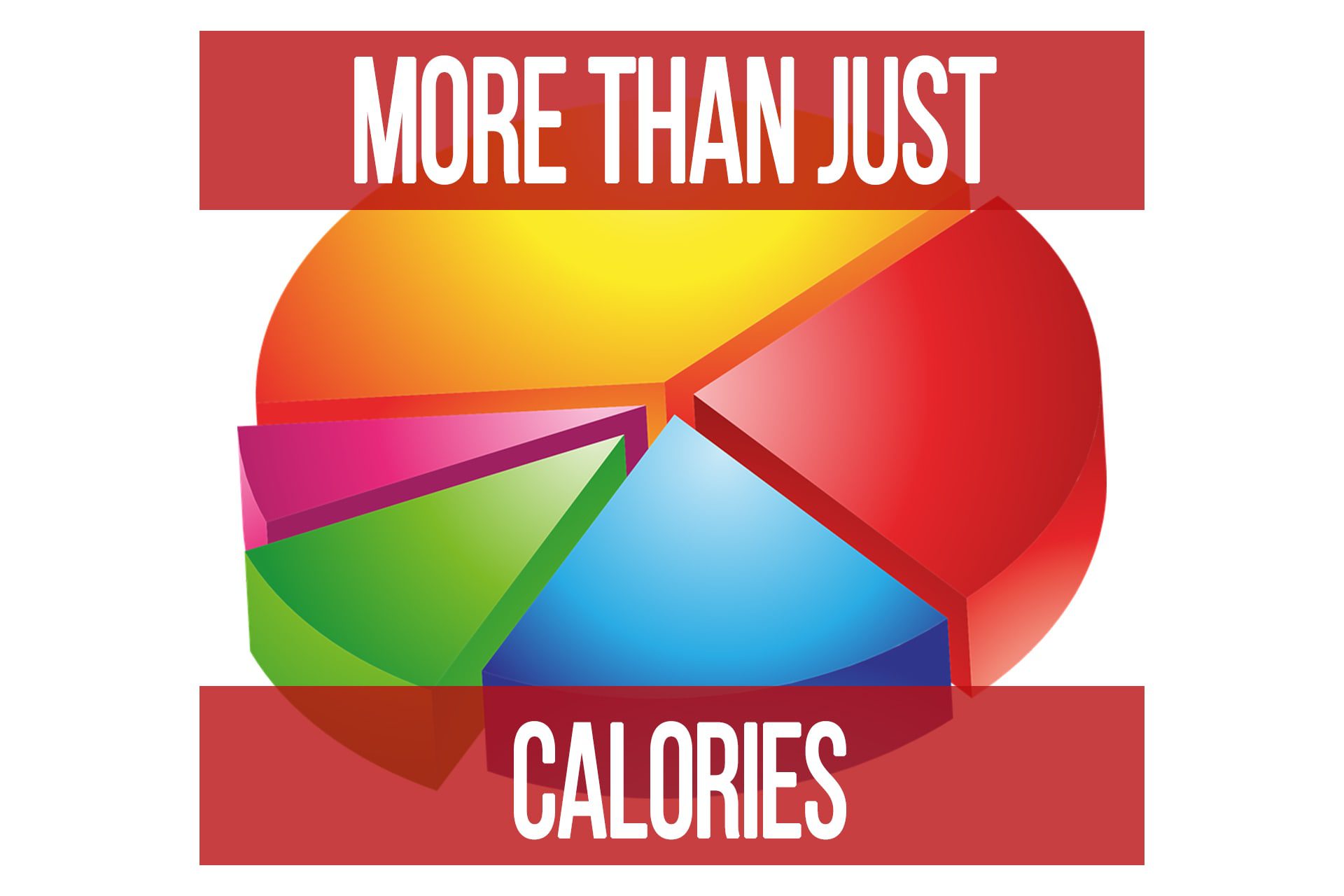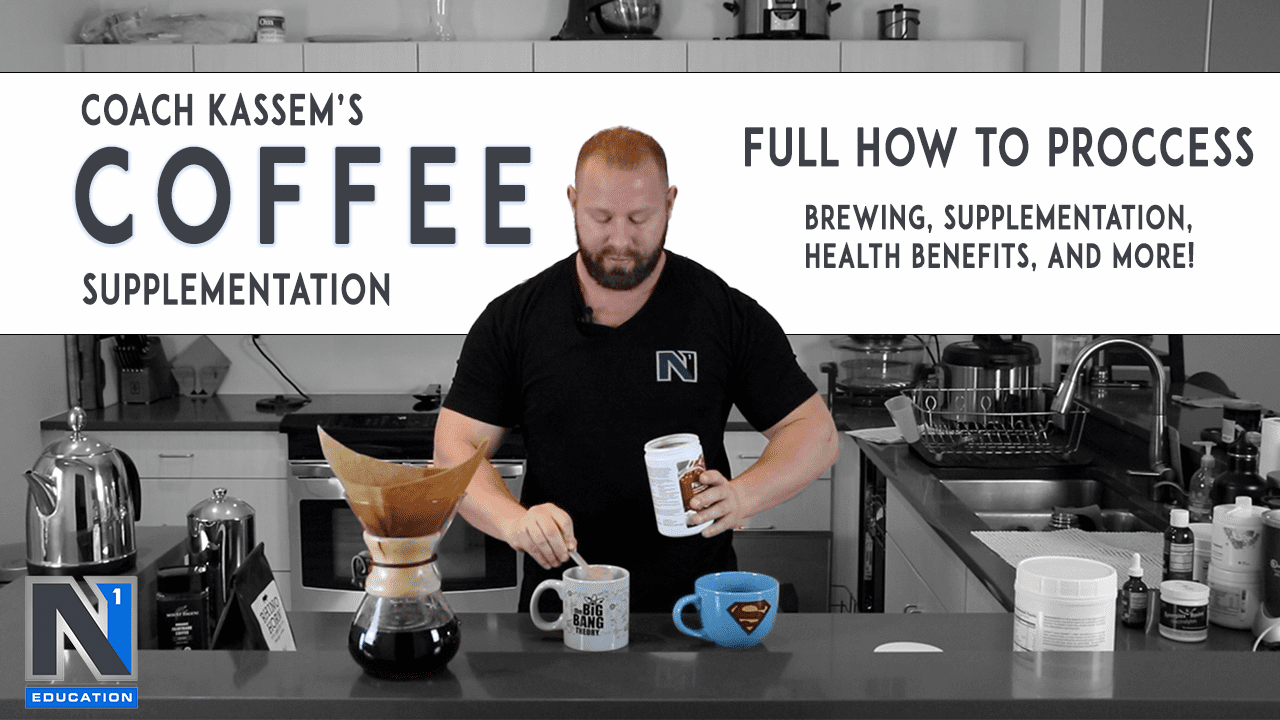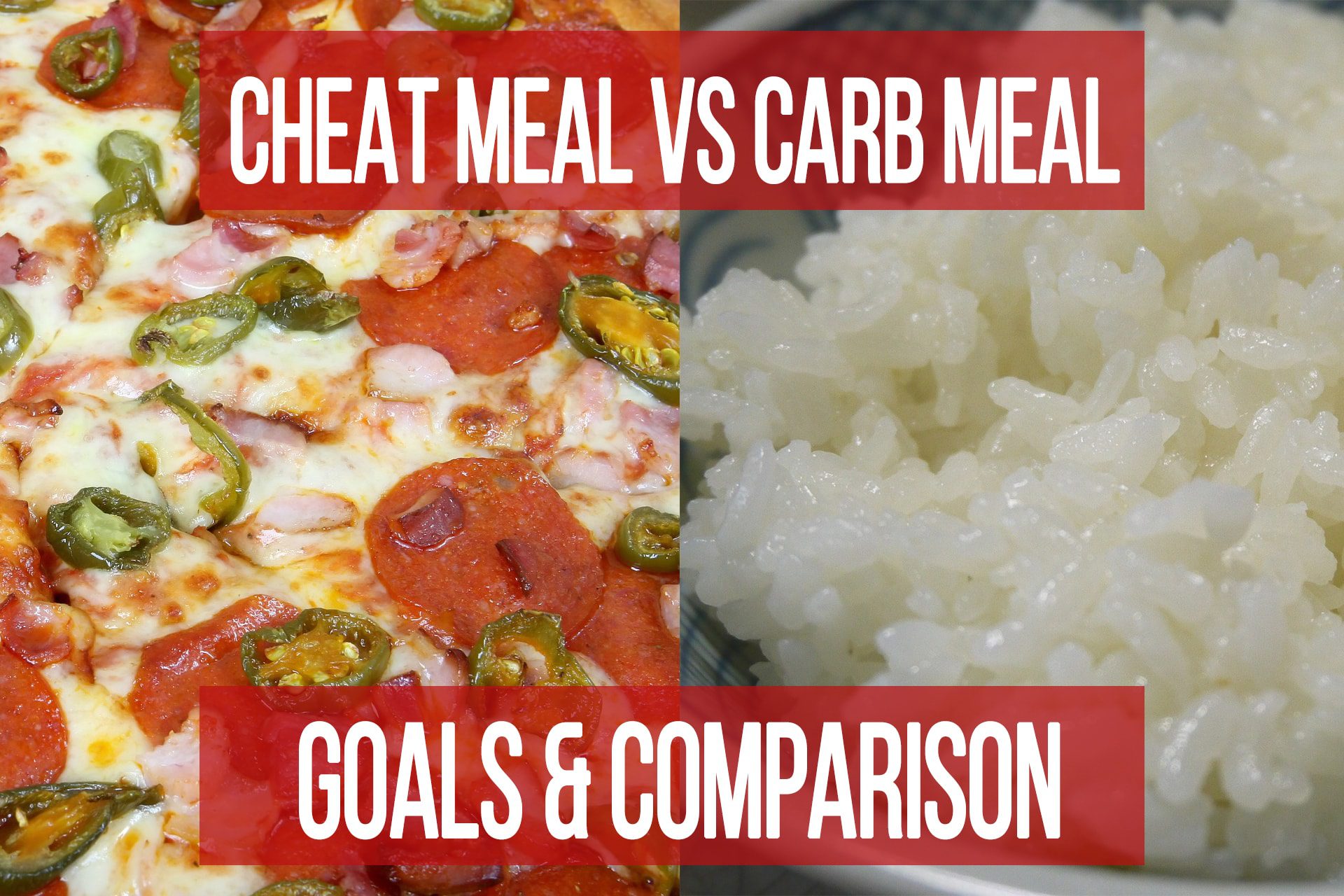How Many Meals Per Day Is Best?
n1 training
The first thing we need to address is the common myth about meal frequency that pervades the health and fitness world. Eating more meals per day in and of itself does not “stoke the metabolic furnace”, as it has been claimed. It is not going to automatically make your body up-regulate it’s metabolism and calorie expenditure as the popular adage may have you believe. There are however a few factors that will help determine how many meals per day is optimal for you as an individual. Deciding on the number of times you eat per day depends primarily on two things:
- Schedule
- Digestion
The first, your schedule, simply helps you fit your meals within the constraints of your lifestyle and day to day activities. Not everyone can take a break from their jobs every three hours on the dot to open up the lunch box and chow down. That doesn’t tend to go over well in the middle of meetings.
So, we have to realistically look at what times in your day you have available to get a meal in. Ideally we’d want them to be relatively evenly distributed throughout the day, but if you have 2 hours between two meals and 4 hours until the next you’re not going to lose your gains or have your metabolism decide “nope you missed the window, I’m only storing this as fat. Do better next time.”
There is value in nutrient timing, so we do have to take this into consideration. Unfortunately, just eating “whenever” isn’t going to be ideal for most people, especially if your goal is to optimize body composition. The easiest way to plan your meal schedule is by starting with the fixed times you know you’ll have available and that you’ll need nutrients; breakfast and your post-workout meal.
Once you have those two, it is just a matter of determining when you have the time to consume the other meals in your day to reach your nutrient requirements for the day. The number of meals that you may need to achieve that, depends on the next factor.
The next, and perhaps more important factor, is your ability to digest and empty your stomach between meals. You certainly could try to cram all your calories in 1 or 2 meals per day, however unless you are in an extreme calorie deficit (not recommended for any length of time) that will likely not work well, and here is why…
Your stomach and digestive tract has a maximum rate at which it can break down and absorb the nutrients from the food you consume. If you’re eating so frequently that you’re not able to fully digest the previous meal, you’ll spend most of the day with undigested food sitting in your stomach. Every meal consumed will further slow down the digestion of existing food in your system. After a while, food that is not broken down and absorbed will start to either ferment or will pass through without your body receiving the nutrients, neither of which is an optimal scenario.
On the other end of the spectrum, consuming a meal so large that your body is unable to digest it in a timely manner will have a similar result. Food that is not broken down and absorbed efficiently will ferment in your gut or be passed through and “wasted”, pun intended. This is why it is important to be able to space your meals appropriately based on the size and digestibility of those meals. You will need to learn to assess if you feel like you’re still “full” from your last meal. This can vary from person to person based on their gut health, ability to produce stomach acid, and even how well you chew your food. It is also important that your stomach and digestive system is not constantly working at maximum capacity 24/7.
It’s a good idea to have a 10-12 hour period each day during which you aren’t consuming more material for your body to digest, sometimes longer on occasion. This works out well if you have your final meal about 1-2 hours before bed, sleep for 8 hours, and then eat about an hour after waking up. The less energy your body is using to digest while you sleep, the better it will be able to focus on the recovery processes necessary to help you detox, repair muscle, improve insulin sensitivity, and refresh your nervous system.
With all this considered, the “sweet spot” for most people who are training will be between 4-5 whole food meals per day. In the end, it comes down to what is best for your body and lifestyle that will help you achieve your fastest progress. The perfect plan means nothing if it’s not practical and you can’t execute it.
The first thing we need to address is the common myth about meal frequency that pervades the health and fitness world. Eating more meals per day in and of itself does not “stoke the metabolic furnace”, as it has been claimed. It is not going to automatically make your body up-regulate it’s metabolism and calorie expenditure as the popular adage may have you believe. There are however a few factors that will help determine how many meals per day is optimal for you as an individual. Deciding on the number of times you eat per day depends primarily on two things:
- Schedule
- Digestion
Schedule
The first, your schedule, simply helps you fit your meals within the constraints of your lifestyle and day to day activities. Not everyone can take a break from their jobs every three hours on the dot to open up the lunch box and chow down. That doesn’t tend to go over well in the middle of meetings.
So, we have to realistically look at what times in your day you have available to get a meal in. Ideally we’d want them to be relatively evenly distributed throughout the day, but if you have 2 hours between two meals and 4 hours until the next you’re not going to lose your gains or have your metabolism decide “nope you missed the window, I’m only storing this as fat. Do better next time.”
There is value in nutrient timing, so we do have to take this into consideration. Unfortunately, just eating “whenever” isn’t going to be ideal for most people, especially if your goal is to optimize body composition. The easiest way to plan your meal schedule is by starting with the fixed times you know you’ll have available and that you’ll need nutrients; breakfast and your post-workout meal.
Once you have those two, it is just a matter of determining when you have the time to consume the other meals in your day to reach your nutrient requirements for the day. The number of meals that you may need to achieve that, depends on the next factor.
Digestion
The next, and perhaps more important factor, is your ability to digest and empty your stomach between meals. You certainly could try to cram all your calories in 1 or 2 meals per day, however unless you are in an extreme calorie deficit (not recommended for any length of time) that will likely not work well, and here is why…
Your stomach and digestive tract has a maximum rate at which it can break down and absorb the nutrients from the food you consume. If you’re eating so frequently that you’re not able to fully digest the previous meal, you’ll spend most of the day with undigested food sitting in your stomach. Every meal consumed will further slow down the digestion of existing food in your system. After a while, food that is not broken down and absorbed will start to either ferment or will pass through without your body receiving the nutrients, neither of which is an optimal scenario.
On the other end of the spectrum, consuming a meal so large that your body is unable to digest it in a timely manner will have a similar result. Food that is not broken down and absorbed efficiently will ferment in your gut or be passed through and “wasted”, pun intended. This is why it is important to be able to space your meals appropriately based on the size and digestibility of those meals. You will need to learn to assess if you feel like you’re still “full” from your last meal. This can vary from person to person based on their gut health, ability to produce stomach acid, and even how well you chew your food. It is also important that your stomach and digestive system is not constantly working at maximum capacity 24/7.
It’s a good idea to have a 10-12 hour period each day during which you aren’t consuming more material for your body to digest, sometimes longer on occasion. This works out well if you have your final meal about 1-2 hours before bed, sleep for 8 hours, and then eat about an hour after waking up. The less energy your body is using to digest while you sleep, the better it will be able to focus on the recovery processes necessary to help you detox, repair muscle, improve insulin sensitivity, and refresh your nervous system.
With all this considered, the “sweet spot” for most people who are training will be between 4-5 whole food meals per day. In the end, it comes down to what is best for your body and lifestyle that will help you achieve your fastest progress. The perfect plan means nothing if it’s not practical and you can’t execute it.
Calories Matter But So Does Everything Else
videoBody Composition Foundation FREE Health and Longevity Nutrition Supplementation TrainingIs Sleep Affecting Your Insulin Sensitivity?
articleBody Composition Foundation FREE Health and Longevity
Popular Pages
Learn & Train With Us
Add N1 Training to your Homescreen!

Please log in to access the menu.





